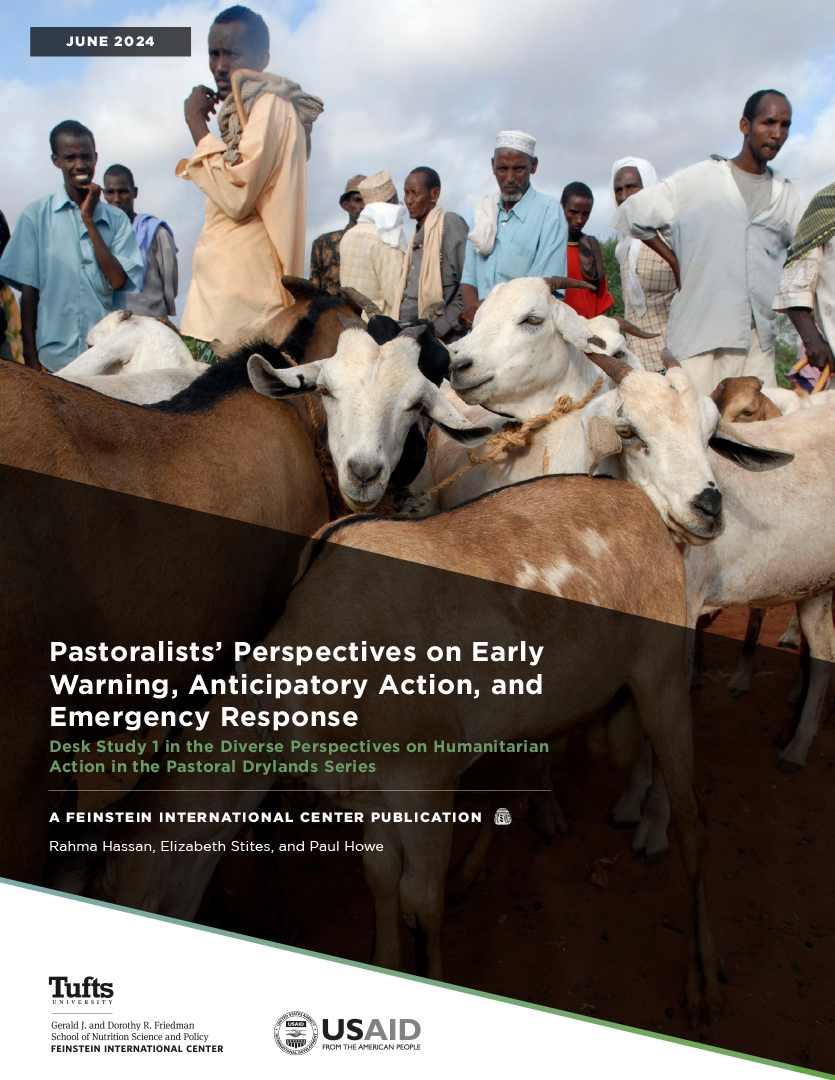This protocol details the methodology for an evidence synthesis on urban humanitarian action. The evidence synthesis asks, “What are the practices to identify and prioritize populations affected by urban humanitarian emergencies?”
Please check back in the summer and fall of 2016 for results of the full review of the evidence.
This protocol is part of the Humanitarian Evidence Program, a DFID-funded partnership between Oxfam and the Feinstein International Center.







